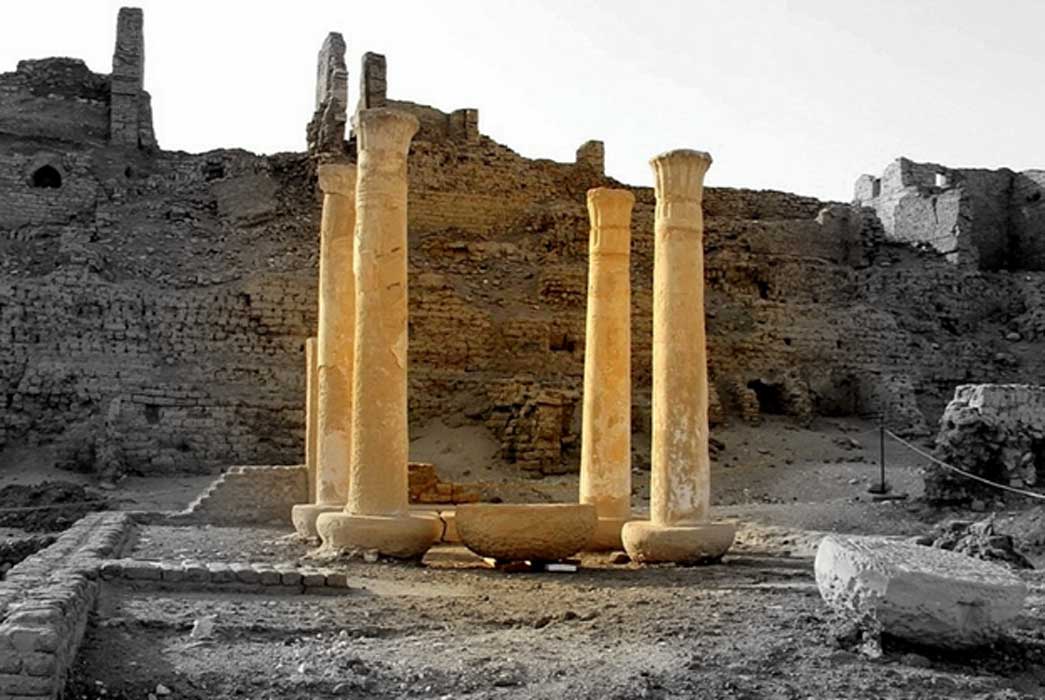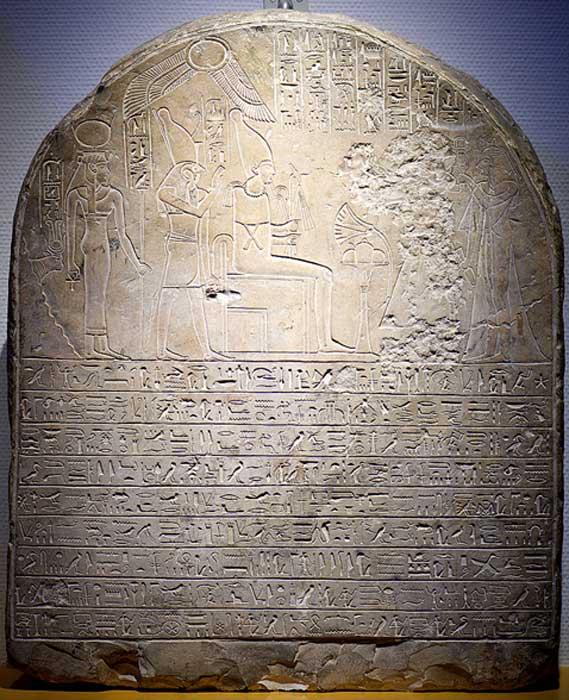
The Hunt for Herihor: Butehamun and the Death of the Royal Necropolis–Part II
Sometime around Regnal Year 17 or 19 of Pharaoh Ramesses XI matters took a turn for the worse, due in no small measure to civil unrest and a failing economy. The northern and southern parts of the country were on a collision course and Amenhotep, the influential High Priest of Amun clashed with the Nubian viceroy, Panehesy. These events weakened and vexed the king immensely; but he had one more card up his sleeve in the form of general Piankh, whom he sent to Thebes to quell the violence. However, upon tasting victory, Piankh forced the ruler’s hand and arrogated kingship unto himself in the south; leaving Ramesses XI to conduct affairs in the north as the nominal head of the entire land.
Soon, state sanctioned tomb robbery reared its ugly head; and by the time of King Herihor, this endeavor was euphemistically referred to as ‘restoration’. The divine dead were viewed as nothing more than a source of bullion in troubled times. Two individuals, the scribes Djehutymose and his son, Butehamun, wrote the most sordid chapter in ancient Egyptian history when they were tasked with systematically dismantling the sacred necropolis.

This round-topped stela shows the erased figure of Herihor—General and First Prophet of Amun-Re—with his Great Royal, Wife Nodjmet. Rijksmuseum van Oudheden, Leiden. (Photo: Rob Koopman/CC BY-SA 2.0)
Herihor’s Tribute to Khonsu
Even though right through the Twenty-First Dynasty, a clear division seemed to exist between the ruler of the south and the high priest and army chief in the south, the lines may have blurred considerably over the years. “It has been noted that in the earlier part of the Dynasty, while Herihor, Pinudjem I and Menkheperre were in power, the Lower Egyptian kings were hardly represented in Thebes at all, but by contrast after the end Menkheperre’s rule, the kings Amenemope, Siamun and Osochor were all documented in Thebes, while at that time the chief priest Pinudjem II did not adopt any royal attributes,” states Dr Chris Naunton.
- Eclipse over Amarna: Beginning of the End for Akhenaten in his City of Light?
- Slew of Surreal Experiences tied to KV62. Carter and Tut: Masks, Mosquitoes, and Mania!
- Final Pieces of the Jigsaw: Are Khufu, Nefertiti & Ankhesenamun Set to Yield Their Secrets?
“The major monument confirming the might of Herihor is the temple of Khonsu, the moon-god son of Amun, which lies just within the southern temenos wall of the Karnak complex. Reliefs here depict Herihor at the same scale as the king, although not in the same scenes, and in the forecourt Herihor's name and titles appear in the royal cartouche. The implications are obvious. It seems that there might have been as much as a six-year overlap in the reigns of Ramesses XI and Herihor, each ruling in their own northern and southern domain respectively, and with Herihor dying before Ramesses XI. The story is not so much one of blatant usurpation as of a tacit recognition by each of the other's sphere of influence. The documents certainly recognize this with dual dating, where Year 2 of Herihor is equated with Year 25 of Ramesses,” Peter Clayton informs.

(Left) Drawing of the Theban High Priest of Amun, Herihor, depicted on a relief. From Karnak, Temple of Khonsu (forecourt D, lower east wall, part A), 20th Dynasty, New Kingdom. (Right) Drawing from the temple of Khonsu in Karnak (Room E) shows a close-up of Pharaoh Ramesses XI participating in a sort of "Shower of Life" ritual performed by two gods. (Artwork: by Karl Richard Lepsius/Public Domain)
Herihor and Pinudjem I are both recorded as builders in Thebes, and Pinudjem directly succeeds Herihor with regard to the decoration of the Temple of Khonsu. Piankh, on the other hand is not recorded as a builder. A similar situation is to be found regarding the re-burials in the Theban necropolis. James Henry Breasted explains, “The inscriptions and reliefs in the temple of Khonsu at Karnak form the chief source for tracing the rise of Herihor as High Priest of Amon, until his usurpation of the kingship, and they clearly establish (his) early contentions… so ably supplemented by (Gaston) Maspero as against those of Lepsius, regarding the close of the Twentieth and the beginning of the Twenty-first Dynasty.”




